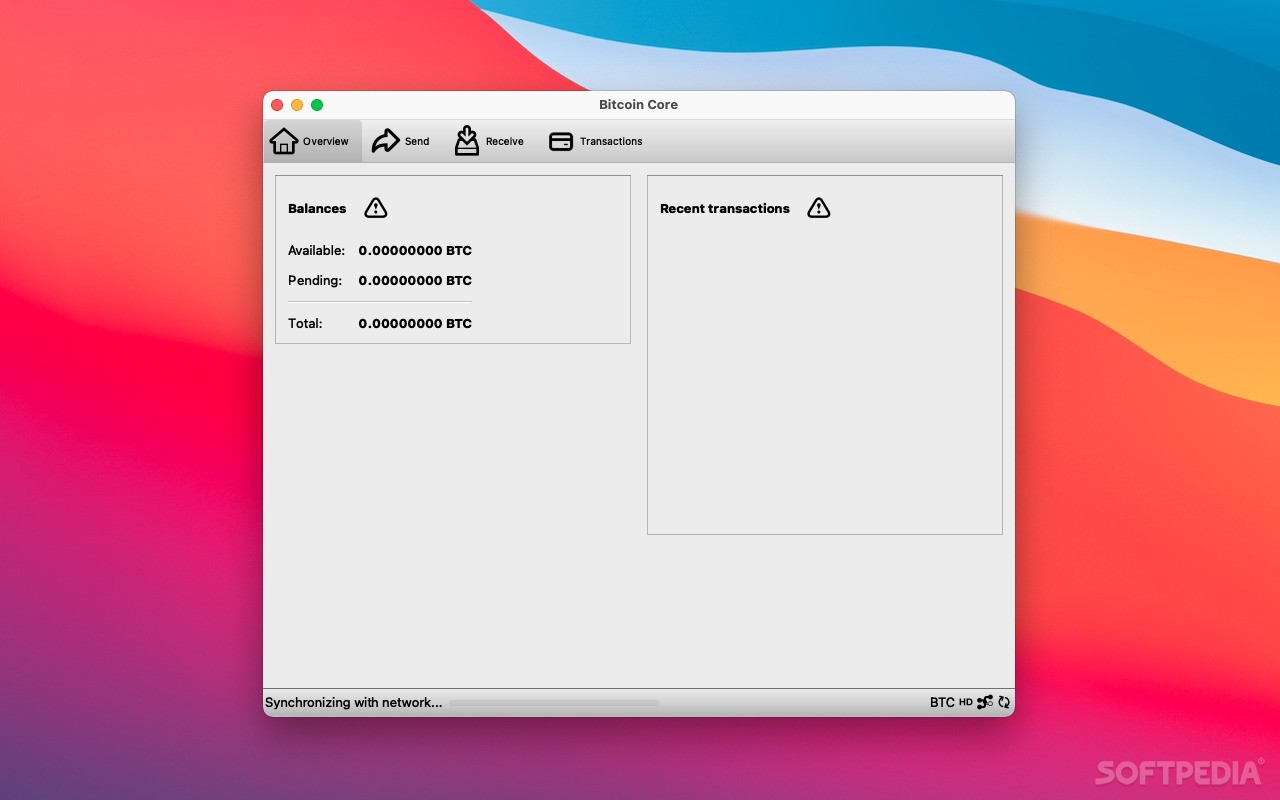
This will create or open the underlying store.ĭb.Blockdaemon is the Total Node Management Solutionīlockdaemon guarantees peace of mind, as you never have to worry about maintaining or upgrading your nodes ever again - we look after all of that for you. 1) Create our database, supply location and options. Create a file called index.js that contains the following code.
Bitcoin core code#

Stores statistics used to estimate minimum transaction fees and priorities required for confirmation since 0.10.0 Wallet database log file moved to wallets/ directory on new installs since 0.16.0Ĭontains debug information and general logging generated by bitcoind or bitcoin-qt Stores the process id of bitcoind while runningīlock data (custom, 128 MiB per file) since 0.8.0īlock undo data (custom) since 0.8.0 (format changed since pre-0.8)īlockchain state database (LevelDB) since 0.8.0īDB database environment only used for wallet since 0.8.0 moved to wallets/ directory on new installs since 0.16.0 FilenameĬontains configuration settings for bitcoind or bitcoin-qt This default location can be overridden using the -datadir configuration parameter or by adding a datadir parameter to the nf file.Ī similar data directory is created for either the testnet and regtest configuration in sub directories assuming either of these have been configured to avoid conflicting with the mainnet files.
Bitcoin core mac os x#
Mac OS X ~/Library/Application\ Support/Bitcoin/ $ tree ~/.bitcoin/īy default, bitcoind will manage files in the following locations. Gr0kchain:~ $ docker run -v bitcoind-data:/bitcoin -name=bitcoind-node -d \īefore we get started, let's have a look at the data directory of an existing running bitcoin core node. gr0kchain:~ $ docker volume create -name=bitcoind-data
Bitcoin core install#
Īlternatively, we have also provided a simple docker container configured in regtest mode that you can install for testing purposes. If you don't currently have access to a bitcoin development environment set up, dont' worry, we have your back! We've setup a web based mechanism which provisions your very own private session that includes these tools and comes preconfigured with a bitcoin node in regtest mode. You can however execute these against either the testnet or mainnet configurations. We suggest executing against a node configured in regtest mode so that we can have the freedom of playing with various scenarios without having to loose real money. Having a better understanding of how this is managed allows us to overcome probing bitcoin's remote procedure call (RPC) and REST based interfaces for insights into the data maintained by the client.

In this tutorial, we will be taking a closer look at the data directory and files behind the Bitcoin core reference client.


 0 kommentar(er)
0 kommentar(er)
